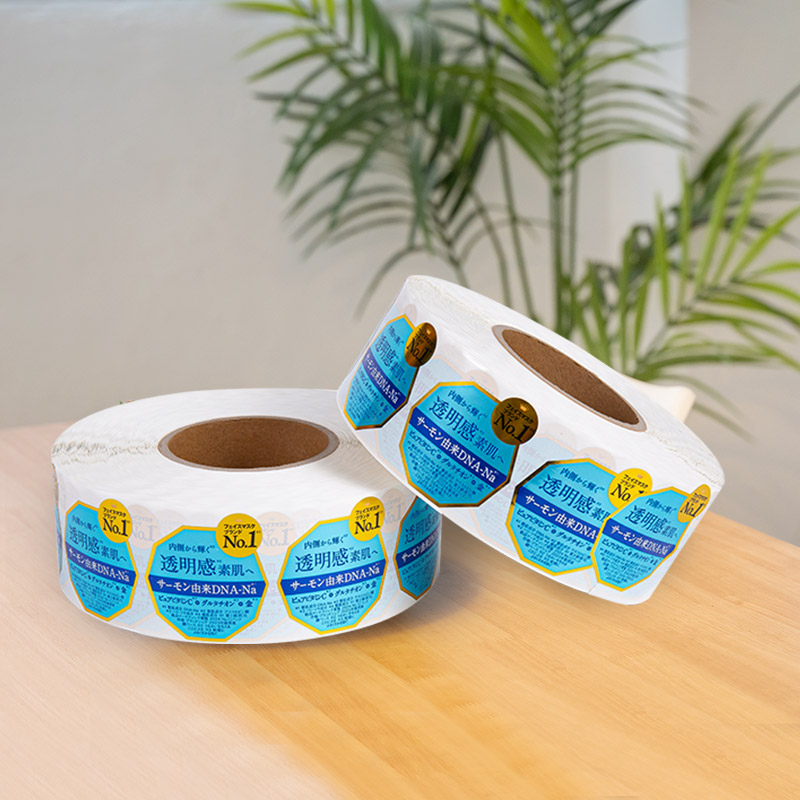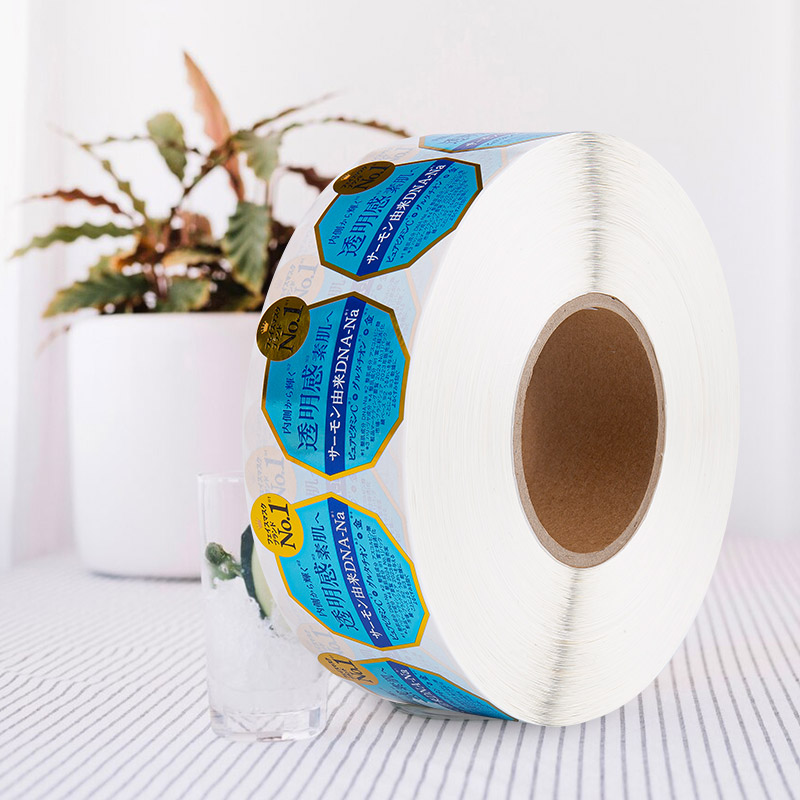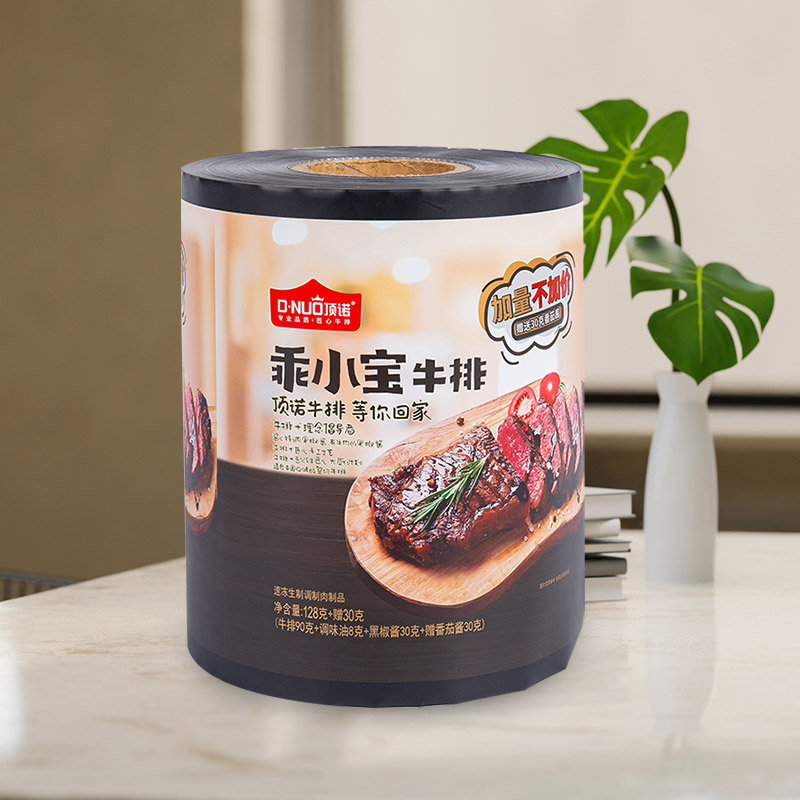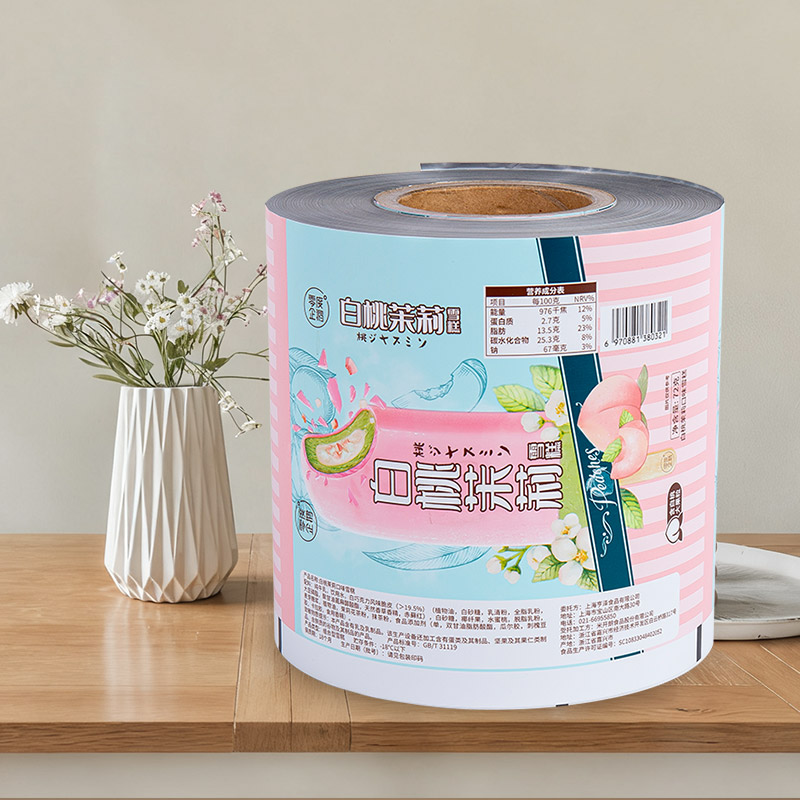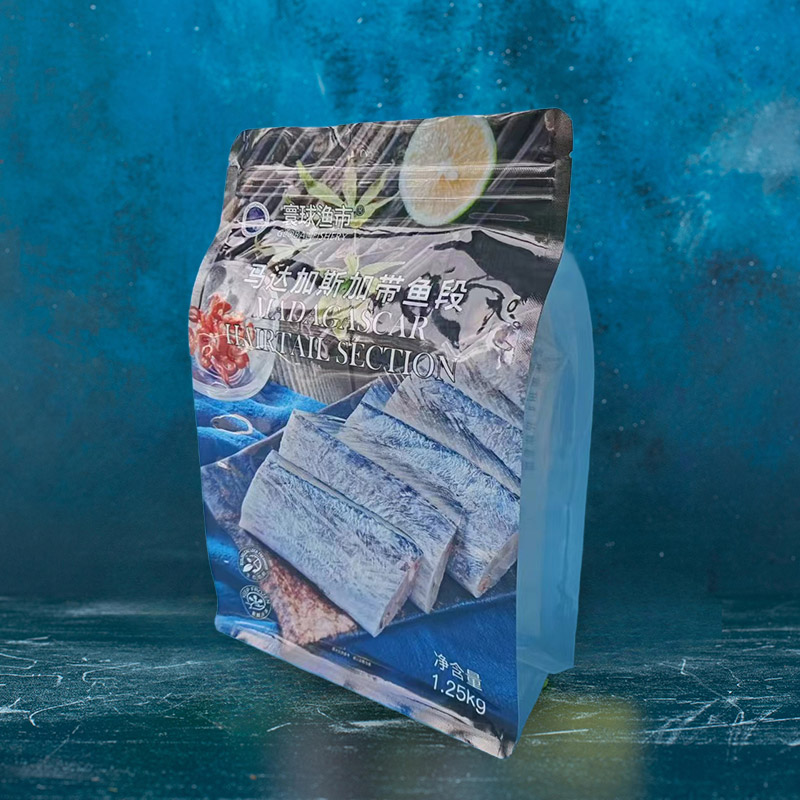Plastic packaging bags have a shelf life.
Why do you say so? There are the following three reasons:
The shelf life of plastic packaging bags is the same as that of the goods themselves.
Most plastic packaging bags can be reused, but only for secondary recycling and cannot be used to repackage the product. This is because during the production process of plastic packaging bags, manufacturers will also carry out aseptic treatment on the plastic packaging bags themselves, especially for food packaging bags, the requirements are even stricter. After being used by food manufacturers, the plastic packaging bags produced by plastic packaging bag manufacturers will undergo secondary sterilization. Therefore, once the goods enter the market, as food packaging bags, they definitely cannot be used to package food again. This is also the reason why plastic packaging bag manufacturers always emphasize that plastic packaging bags also have a shelf life.
Second, plastic packaging bags will also undergo some qualitative changes over time.
We often find that some plastic packaging bags are particularly easy to break, breaking at the slightest fold, or some plastic packaging bags even stick together and cannot be torn apart. Moreover, the printed patterns on the surface of some plastic packaging bags show signs of color fading or lightening. These are actually also manifestations of the deterioration of plastic packaging bags. In such cases, we suggest that this kind of plastic packaging bag should no longer be used, as it can no longer provide protection for the goods.
Third, when choosing plastic packaging bags, it is better to select those made from new materials.
Some plastic packaging bags may seem to have no problems on the surface, but due to the presence of recycled materials in the raw materials, the safety of the plastic packaging bags will be affected. The reason why we classify this type of plastic packaging bag as deteriorated bags is that using such plastic packaging bags to package food has a very obvious impact on the shelf life of the food itself, indirectly shortening the shelf life of the food.

 EN
EN
 English
English 日本語
日本語 Español
Español Deutsch
Deutsch عربى
عربى



